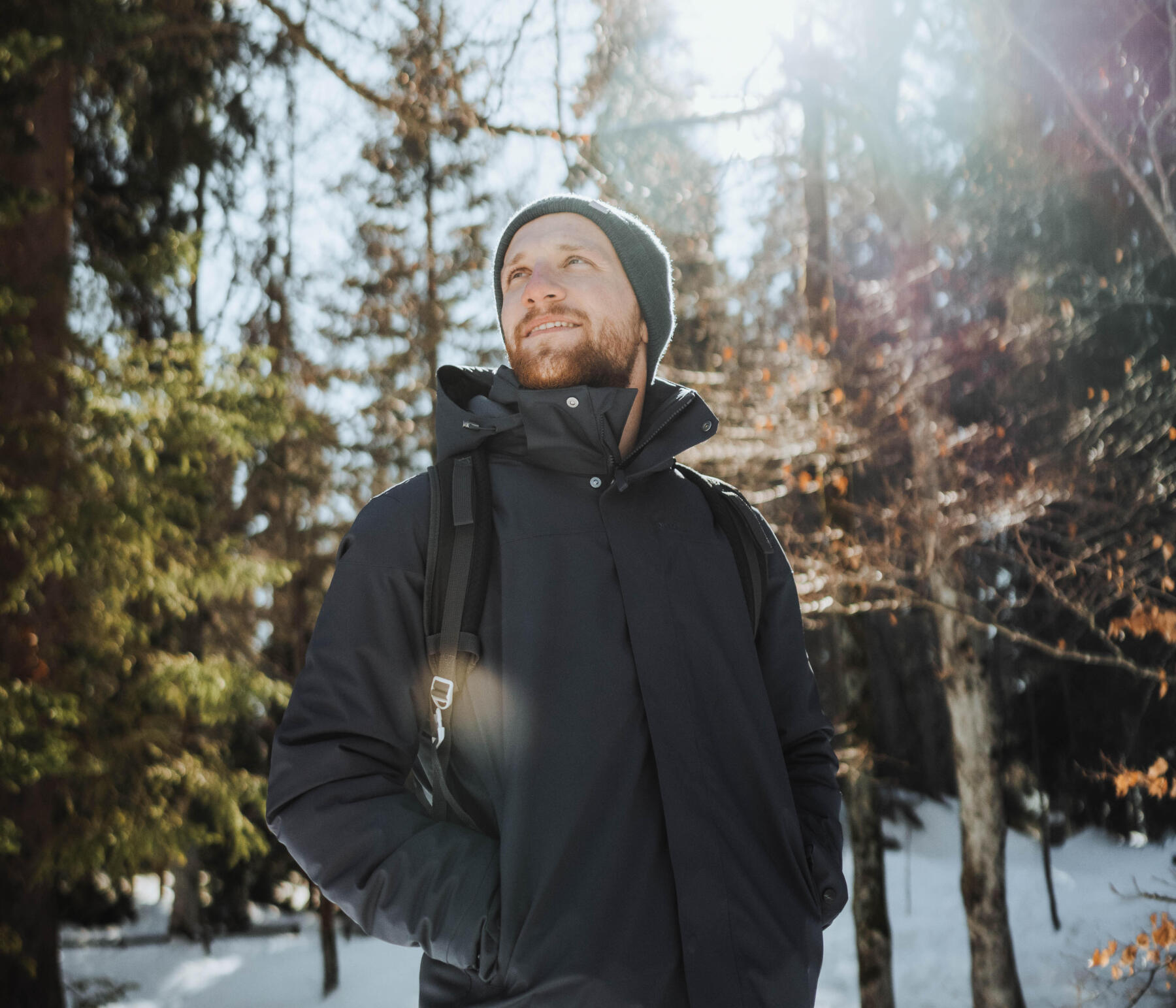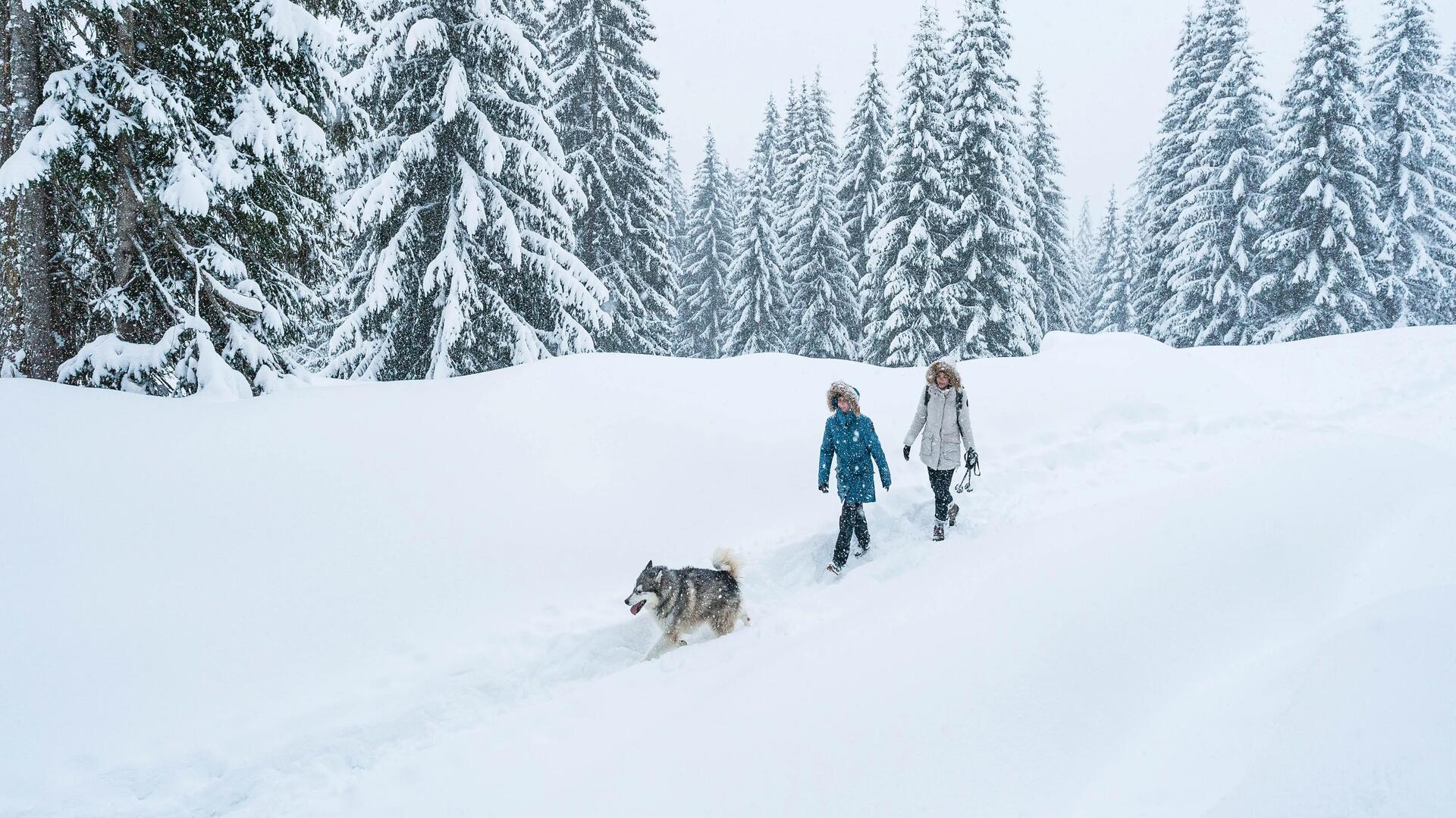How do you know if a parka is warm?
There are a number of elements that indicate how warm a parka or winter coat will be, including its thickness, cut and whether or not it has a hood. All Quechua's snow hiking parkas have a minimum comfort temperature of -10°C.
We use a variety of tests to ensure the products we offer will keep you warm. These tests, carried out in laboratory and field conditions, help us determine how warm our jackets are and provide a comfort temperature.
The material used for making your jacket is also important when assessing the level of insulation provided. The longevity and efficiency of the insulating material will depend particularly on use and weather conditions.












